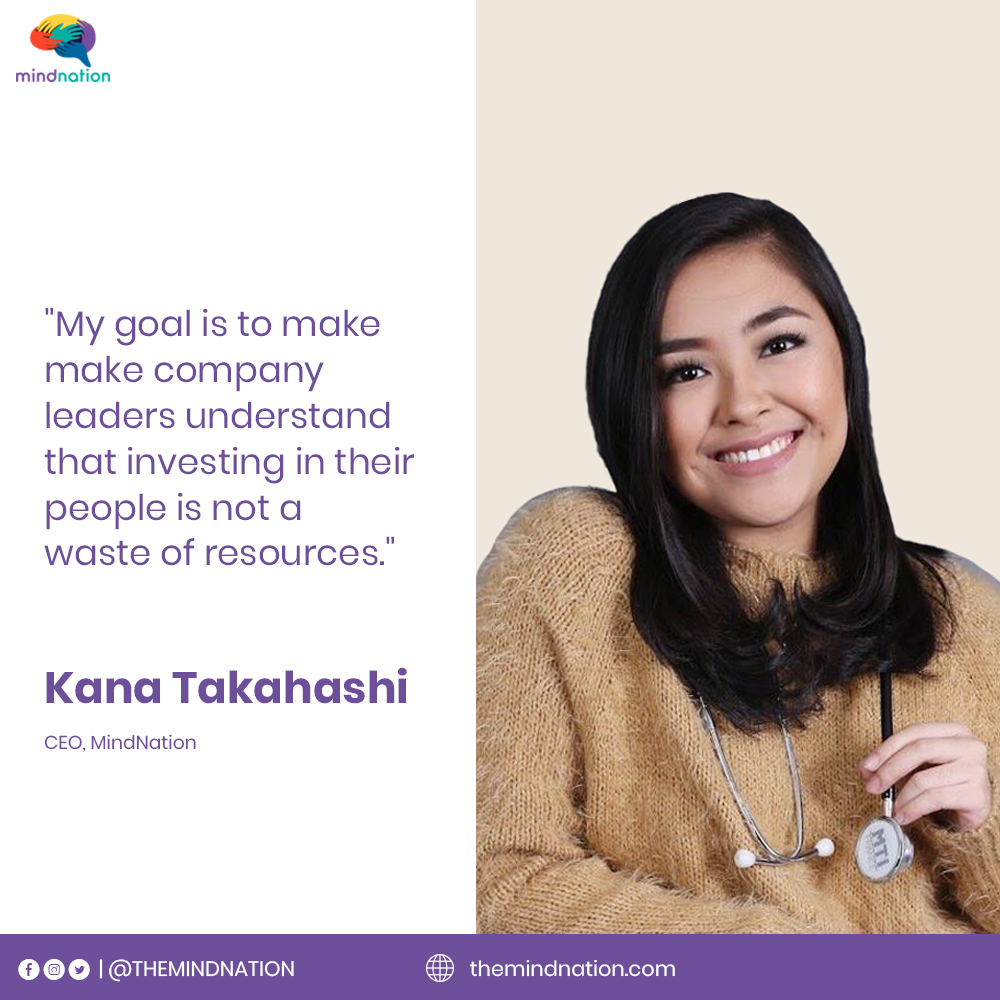“Ghosting” refers to abruptly cutting off contact with someone without giving that person any warning or explanation for doing so — the offender essentially “vanishes” into thin air, as if they were a ghost.
While the term is recent, the practice is not. “In the 1990s, Filipinos called it nang-indyan (not showing up for a date),” explains psychologist Riyan Protuguez. “In English, we borrowed from the military and called it someone ‘going AWOL’ (Absence Without Leave) or ‘going MIA’ (Missing In Action).” And if you’ve ever been on the receiving end of ghosting, you are not alone — a study of 1,300 people published in the Journal of Social and Personal Relationships in 2018 revealed that a quarter of the participants had been ghosted by a partner.
According to Riyan, ghosting can have a negative psychological impact on the person being ghosted. People who have been left hanging by a romantic interest or partner will tend to blame themselves, i.e. “What did I do wrong?” or engage in self-doubt, i.e.“Am I not good enough?” As a result, their self-esteem suffers, which can lead to a host of other mental health concerns. It’s even worse if the one who is ghosting engages in love bombing first (i.e. overwhelming their partner with loving words, actions, and behavior) — before disappearing, leaving the other person bewildered and anxious.
“Ghosting” refers to abruptly cutting off contact with someone without giving that person any warning or explanation for doing so — the offender essentially “vanishes” into thin air, as if they were a ghost.”
Why do some people choose to ghost?
There are several reasons a person ghosts another, but the most common ones are:
- It’s a form of experiment. “Some millennial daters like to experiment,” Riyan shares. “They deliberately cut off contact to check how into them the other person really is.” In short, it’s a convoluted form of playing hard-to-get.
- They are emotionally unavailable. “People who ghost do not know how to handle the difficult situation of turning someone down or ending a relationship,” says Riyan. “They don’t know how to communicate their feelings, so they just withdraw.”

How to move on after being ghosted
Being ghosted often triggers painful emotions, and while it can take some time to work through the pain, it is possible to move on. Here are some tips:
- It’s not you, it’s them. Don’t blame or question yourself. “Ghosting is committed by people who are emotionally immature and who have their own issues, so it is never your fault,” Riyan assures.
- Explore self-care activities to divert your attention. Spend time with trusted friends and loved ones, write in your journal, exercise, or watch your favorite tv show.
- Set boundaries. Delete their number from your contact list, unfriend and unfollow them on social media, and throw away or donate the gifts you received from them. If they try to woo you back with love bombing — and people who ghost usually do — “Always remember that you don’t deserve someone who treats you this way,” Riyan reminds.
- Lastly, don’t be afraid to try again. One bad experience should not stop you from finding the one that is right for you.
How to avoid ghosting others
If you ever find yourself in a position where it seems easier to just disappear than to engage in a difficult conversation, always put yourself in the other person’s shoes. “Do your best to treat others with kindness and honesty,” Riyan suggests. “Your words may hurt, but it’s better than disappearing without an explanation.:”
Some ways you can turn someone down gently:
- “It was nice meeting you but I just didn’t feel the connection.”
- “I am going through some personal stuff right now, and it’s best I deal with it on my own.”
- “I know we have been talking for awhile now, but I don’t feel a spark anymore, I hope you understand.”
- “I’m sorry but I don’t see this going any further, I respect you and hope we can still remain friendly.”
Reeling from being ghosted? MindNation psychologists are available 24/7 for teletherapy sessions if you need to process the complex feelings you may have after being left hanging by a romantic interest. They can also give you further coping strategies to make sure you come out the other side stronger and more confident than before. Book a session now through https://bit.ly/mn-chat.


















